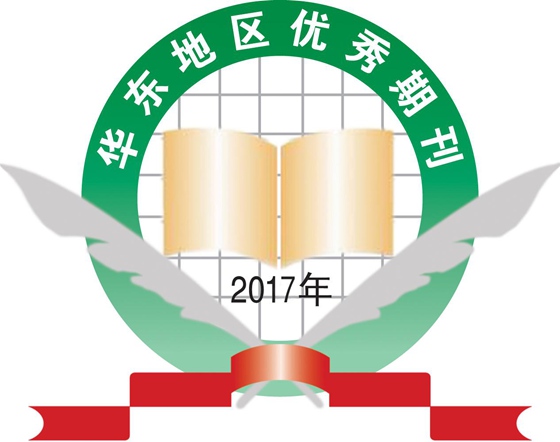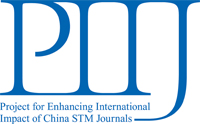Objective: To investigate the relationship between visceral syndrome differentiation in traditional Chinese medicine (TCM) and the changes of nutrition status or blood gas analysis in patients with chronic obstructive pulmonary disease (COPD).Methods: Sixty patients with COPD in stable phase were divided into dysfunction of lung (DL, n=20) group, dysfunction of lung and spleen (DLS, n=16) group and dysfunction of lung, spleen and kidney (DLSK, n=24) group according to syndrome differentiation of TCM. Moreover, the basic electric rhythm, percentage of bradygastria in electrogastrogram (EGG), ratio of actual body weight (ABW) to ideal body weight (IBW) and serum albumin level were determined to evaluate the nutrition status of the patients with COPD. Blood gas analysis was made too.Results: The basic electric rhythm values in the DL, DLS and DLSK groups were (56.20±13.24)%, (47.38±10.24)% and (41.35±10.01)%, respectively. Compared with the DL group, the basic electric rhythm values in the DLS and DLSK groups decreased obviously (P<0.05). The percentages of bradygastria in the DL, DLS and DLSK groups were (45.18±18.13)%, (46.31±15.83)% and (49.90±17.54)%, respectively, and there were no differences among the three groups (P>0.05). The incidence rates of ABW/IBW<90% in the DL, DLS and DLSK groups were 50%, 75% and 54.17%, respectively, and there were no differences among the three groups (P>0.05). The incidence rates of serum albumin less than 35 g/L were 20%, 37.5% and 54.17%, respectively, and there were no differences among the three groups (P>0.05). PO2 in the DLS group [(63.56±15.06) mmHg] and DLSK group [(63.17±19.05) mmHg] were decreased as compared with the DL group [(78.15±16.63) mmHg] (P<0.05). PCO2 in the DL, DLS and DLSK groups were (42.25±12.46) mmHg, (48.60±17.60) mmHg and (49.97±13.43) mmHg respectively, and there were no differences among the three groups (P>0.05).Conclusion: Several dysfunction organs described in TCM were involved in COPD followed by the increased severity, hypoxemia and PCO2. Dysfunction of gastrointestinal tract and malnourishment took place accordingly.
 Table of Content
Table of Content














